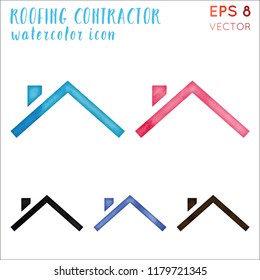When you're budgeting for an industrial paint work, it's very easy to ignore specific prices that can sneak up on you. You could think you've covered whatever, but covert expenses like surface area prep work and permits can rapidly accumulate. By recognizing these possible mistakes beforehand, you can develop a much more precise budget. But what specific aspects should you think about to prevent those costly surprises? Let's discover just how to evaluate https://www.homesandgardens.com/interior-design/paint-finishes .
Examining the Scope of Your Job
Prior to diving right into a commercial paint work, it's critical to evaluate the range of your project.
Start by establishing the areas that need painting and the total square footage involved. Think about interior house painting minnetonka of surface areas, whether they're drywall, wood, or metal, as this affects the products and labor required.
Next off, review the condition of these surface areas; any repairs or prep work will certainly impact your timeline and budget plan.
Do not forget to make up the type of paint you desire, as quality can vary considerably in cost.
Finally, consider ease of access. If particular areas call for special devices or additional precaution, you'll require to factor those prices into your overall budget plan.
Comprehending these elements will set you up for success.
Identifying Potential Hidden Expenses
When you have actually examined the range of your commercial paint work, it's time to take into consideration the prospective hidden costs that can develop.
You could overlook expenses like surface area preparation, which can consist of cleansing, patching, or priming. https://exteriorpaintersnearme65443.worldblogged.com/42543935/the-advantages-of-business-painting-for-home-worth-and-curb-appeal -related hold-ups can also lead to unanticipated expenses, so keep an eye on the forecast.
If your building has multiple degrees or hard-to-reach locations, you might incur extra labor charges. Furthermore, take into consideration the cost of licenses or examinations that may be needed by regional laws.
Lastly, don't ignore the potential for increased expenses if you require unique coatings or materials. By recognizing these possible surprise costs upfront, you can budget plan more effectively and prevent shocks down the line.
Creating a Contingency Plan
As you progress with your commercial paint job, it's essential to create a backup plan that addresses unforeseen obstacles.
Start by recognizing possible dangers, like weather hold-ups or supply shortages. Appoint a section of your spending plan-- commonly 10-15%-- to cover these unanticipated expenditures.
Next off, established clear timelines and connect them with your team, so everybody's on the exact same page. Consistently review your strategy and adjust it as required, especially if circumstances change.
Lastly, ensure you have trusted calls, such as suppliers and subcontractors, that can help you navigate any kind of issues that arise.
Conclusion
Finally, budgeting for your industrial paint job needs cautious planning and awareness of potential concealed costs. By examining the extent of your project and identifying locations where expenses may arise, you can create an extra accurate budget plan. Constantly include a backup plan to handle unanticipated concerns. Staying adaptable and reviewing past jobs will certainly also help you make notified decisions. With these ideas, you'll be better prepared to manage your expenses and make sure a successful result.
